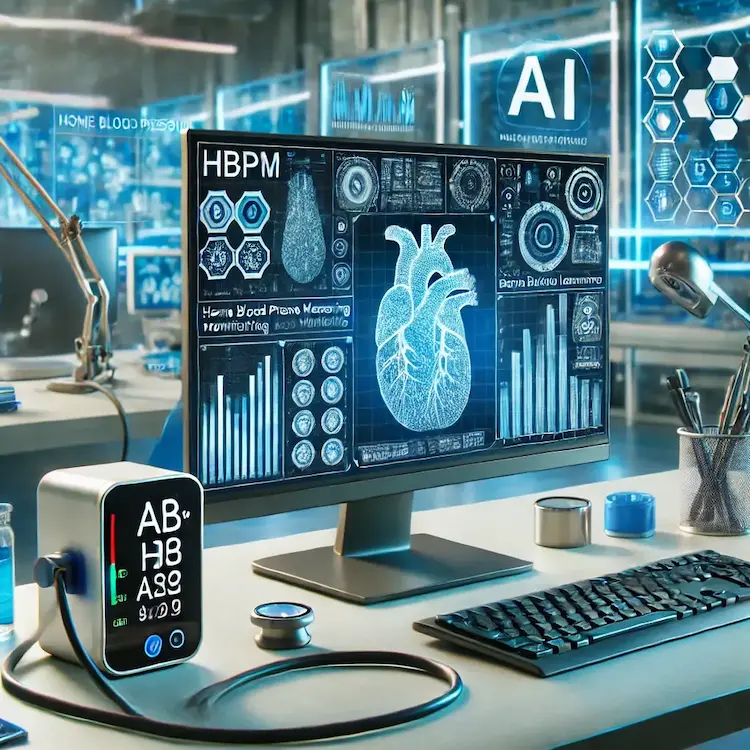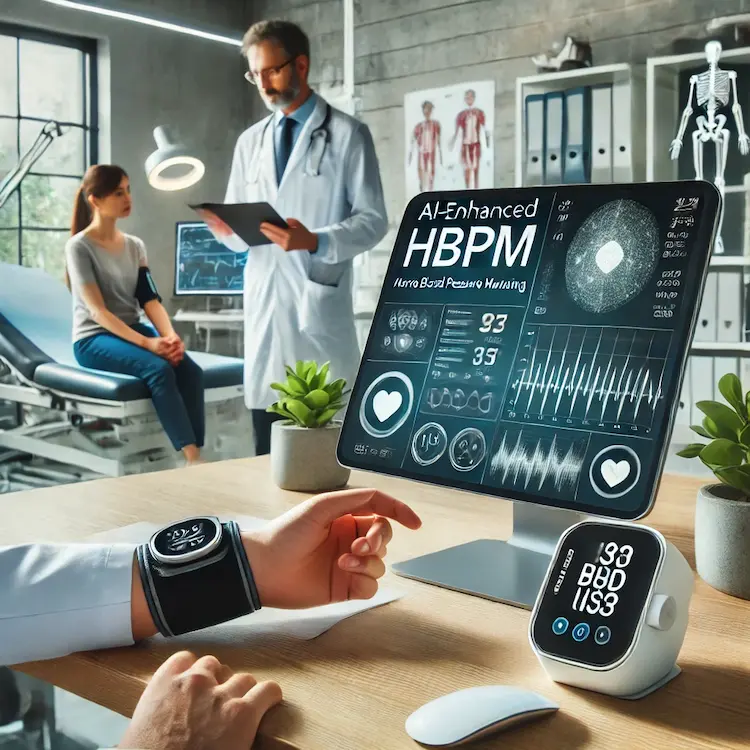Home Blood Pressure Monitoring (HBPM) has become an essential tool in managing hypertension, a leading risk factor for cardiovascular diseases worldwide. With the advent of Artificial Intelligence (AI) and Machine Learning (ML), the accuracy and efficacy of HBPM are being significantly enhanced. This article delves into how AI and ML are revolutionizing HBPM, their importance, potential health and societal impacts, relevant statistics, comparisons of different methods and tools, and practical advice for users. Visual aids such as tables and charts are incorporated to provide a clearer understanding of the subject.
Hypertension affects approximately 1.13 billion people globally, making it a critical public health concern. Accurate monitoring is vital for effective management and prevention of complications. HBPM allows individuals to track their blood pressure in a familiar environment, reducing the white-coat effect associated with clinical measurements. However, ensuring the accuracy of HBPM devices and interpreting the data correctly remains a challenge. AI and ML are emerging as powerful tools to address these challenges, offering enhanced precision, personalized insights, and improved user experiences.
AI and ML play a pivotal role in enhancing the accuracy of HBPM by:

The integration of AI and ML in HBPM has profound implications:
| Method/Tool | Description | Contribution to HBPM Accuracy |
|---|---|---|
| Traditional HBPM Devices | Manual devices with basic digital displays. | Provide baseline accuracy; limited data analysis capabilities. |
| AI-Enhanced HBPM Devices | Devices integrated with AI algorithms for data analysis and pattern recognition. | Improve measurement accuracy and offer personalized insights. |
| Cloud-Based Monitoring Systems | Platforms that store and analyze HBPM data in the cloud using ML. | Enable large-scale data analysis and remote monitoring. |
| Wearable Blood Pressure Monitors | Wearable devices that continuously monitor blood pressure with ML integration. | Offer real-time monitoring and early detection of anomalies. |
| Method/Tool | Description | Contribution to HBPM Accuracy |
|---|---|---|
| Traditional HBPM Devices | Manual devices with basic digital displays. | Provide baseline accuracy; limited data analysis capabilities. |
| AI-Enhanced HBPM Devices | Devices integrated with AI algorithms for data analysis and pattern recognition. | Improve measurement accuracy and offer personalized insights. |
| Cloud-Based Monitoring Systems | Platforms that store and analyze HBPM data in the cloud using ML. | Enable large-scale data analysis and remote monitoring. |
| Wearable Blood Pressure Monitors | Wearable devices that continuously monitor blood pressure with ML integration. | Offer real-time monitoring and early detection of anomalies. |

Note: Visual representation showing a 15% increase in measurement accuracy with AI-enhanced HBPM devices compared to traditional devices.
AI and ML are transforming HBPM by enhancing measurement accuracy, providing personalized health insights, and improving overall hypertension management. These technologies offer significant health and societal benefits, including better health outcomes, empowered patients, and more efficient healthcare systems. As AI and ML continue to evolve, their integration into HBPM devices and systems will further refine blood pressure monitoring, paving the way for a healthier future.